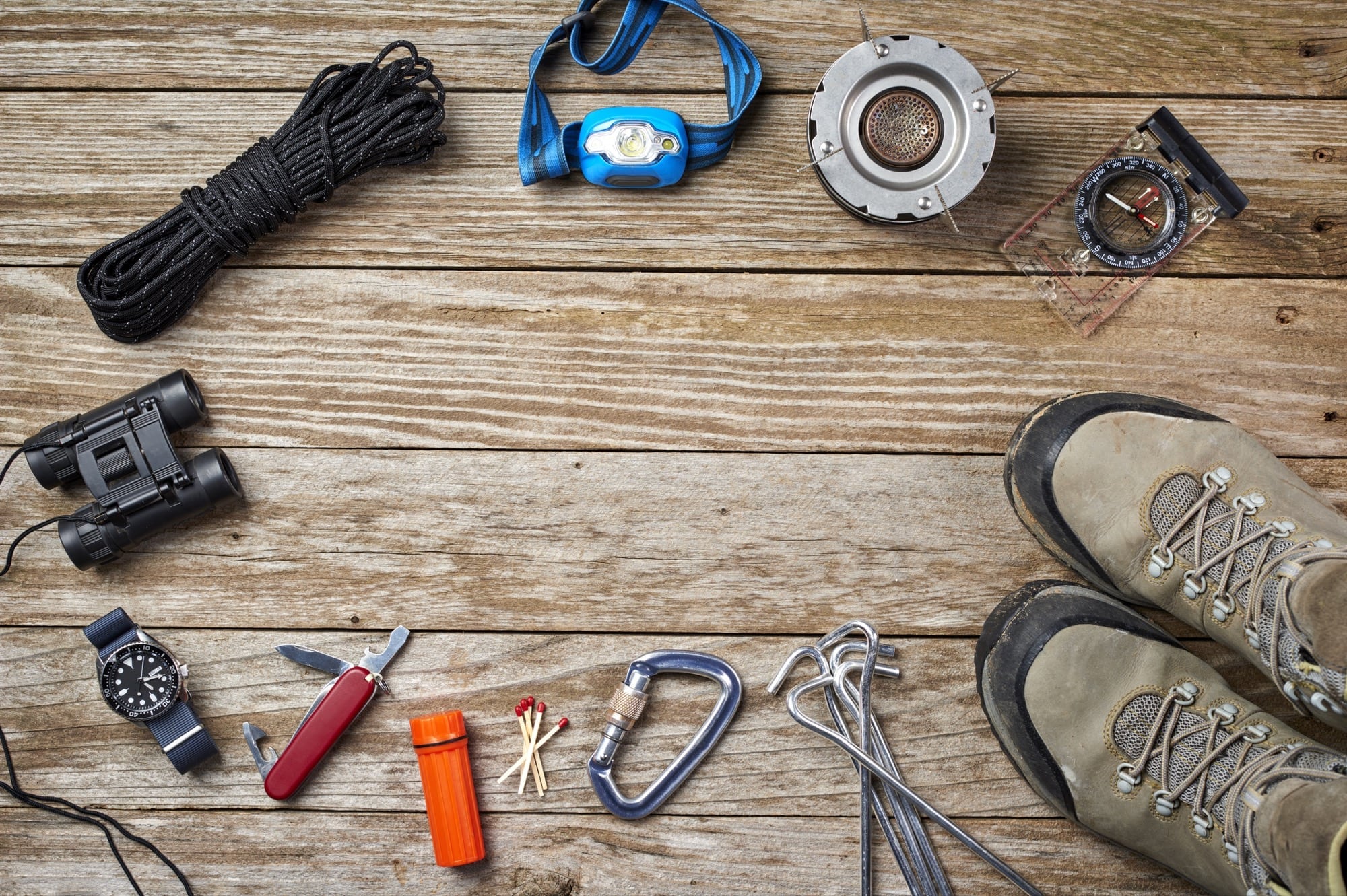This is a continuation of our Sleeping Bag Buyers Guide: Part 1.

Fill Material
The fill material of your sleeping bag will impact many aspects of your trip including weight, packability, warmth when damp and life span of your sleeping bag, so choose wisely.
- Synthetic. Synthetic fill has become popular because of its competitive price point. Synthetic sleeping bag fill is quick drying, is warm even when wet, less expensive and non-allergenic. Some synthetic fill materials are made from recycled plastics and fibers, so you may also be helping the environment with this fill selection.
- Down. Down insulation has become less mainstream, but is more durable over time and more compressible than synthetic fills. New water resistant down is coming onto the market, fixing the big issue of down’s inability to insulate when wet.
Weight
Especially if going out on extended range backcountry trips, weight is a critical consideration. Typically, the colder the rating on the bag, the more it’s going to weigh because of additional insulation. If you are looking to cut weight, make sure you get a bag that is rated no colder than necessary and even consider getting a lighter weight bag and wearing light layers to sleep.
Accessories and Bonus Features
If your sleeping bag doesn’t come with one, a stuff or compression sack will go a long way in keeping your bag contained in a tidy package, free from dirt and accidental damage that inevitably come with the territory. Many sleeping bags feature internal pockets around the head area for keeping small things like electronics, lights, and earplugs within easy grasp. Some sleeping bags have special vents around the foot to help with air circulation and temperature control. Some sleeping bags even come with attachment points to make sure you never roll off your camping pad. There are all kinds of extra features and accessories available for your sleeping bag, but be sure you have the important components covered first!





